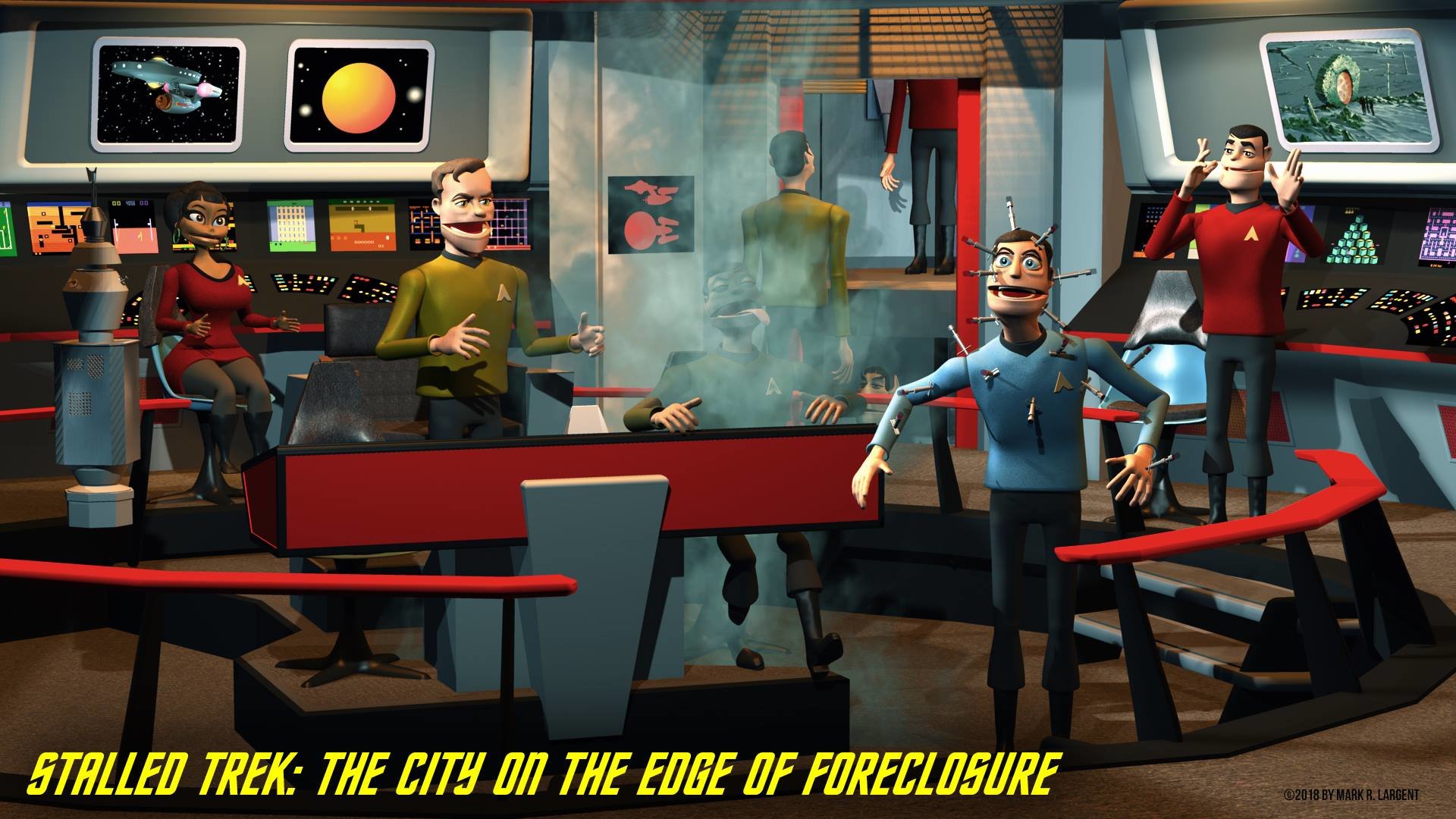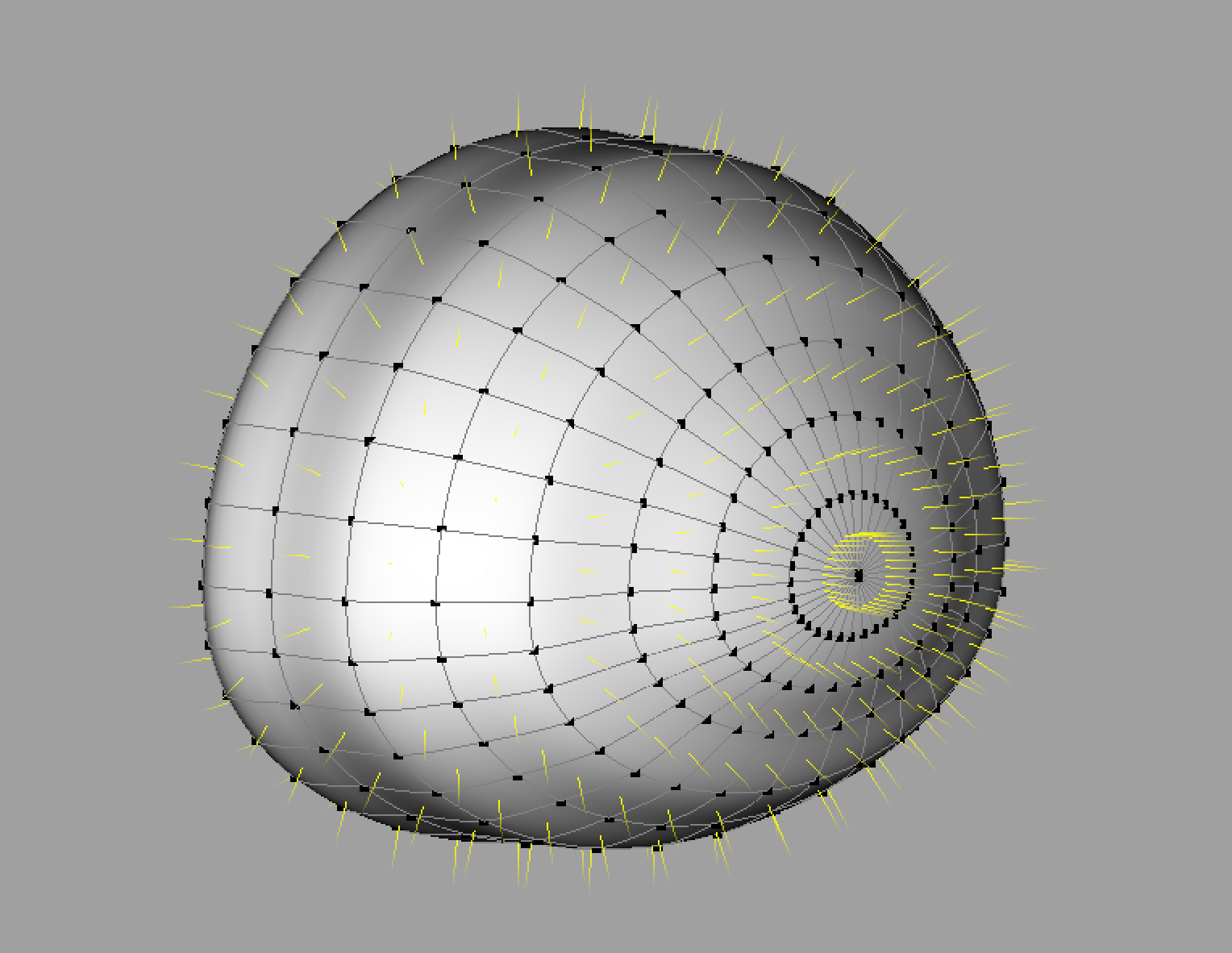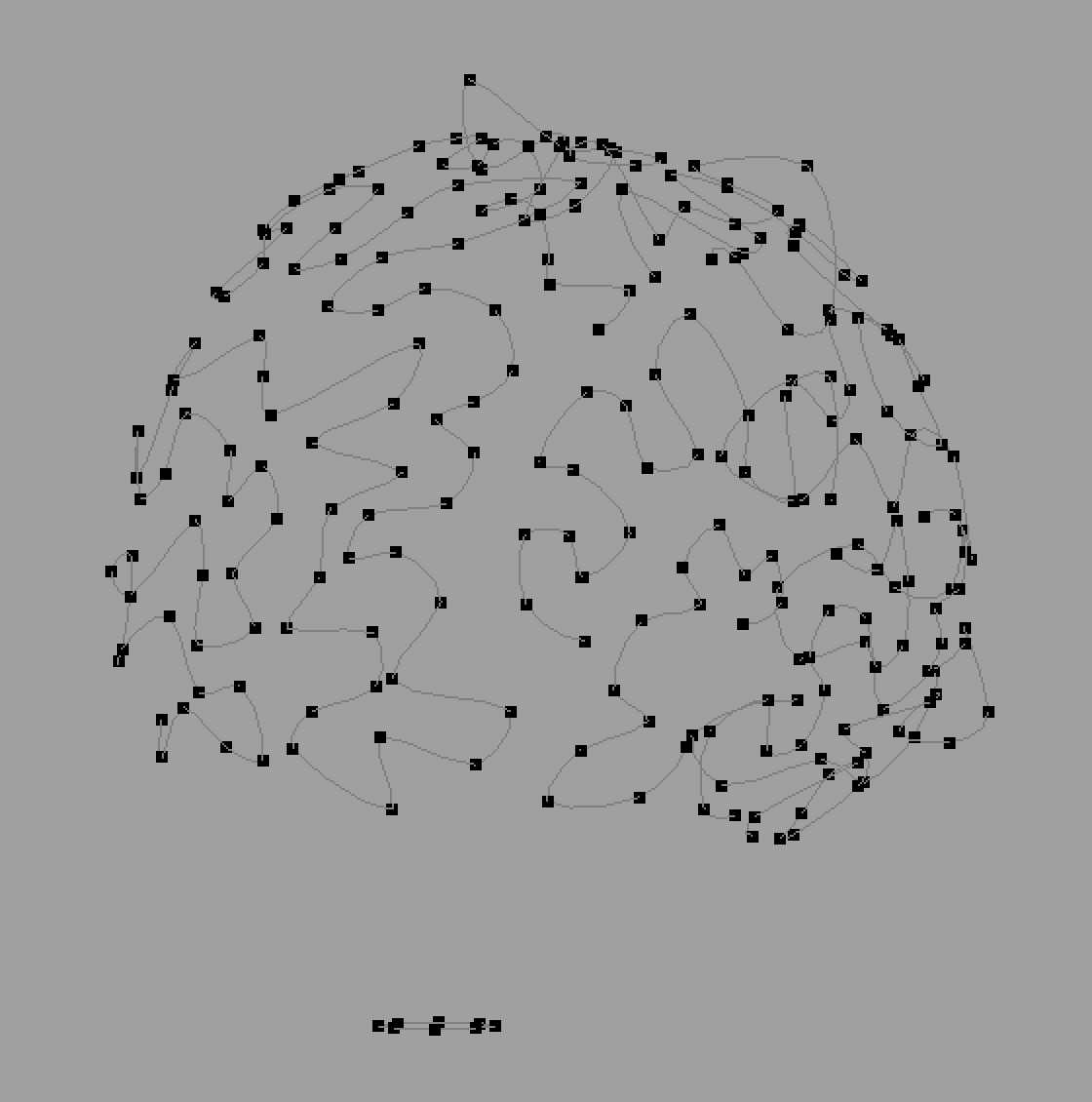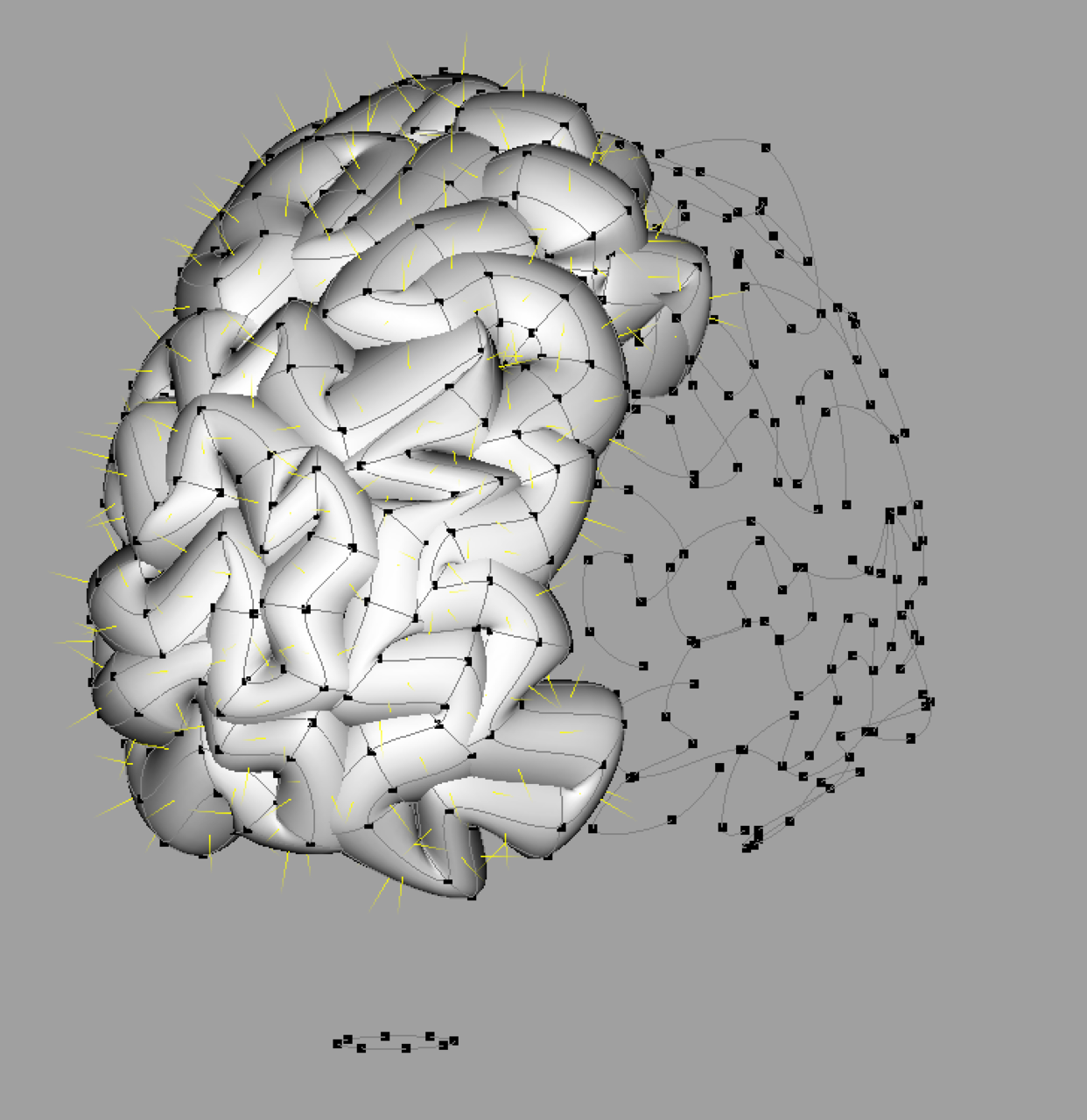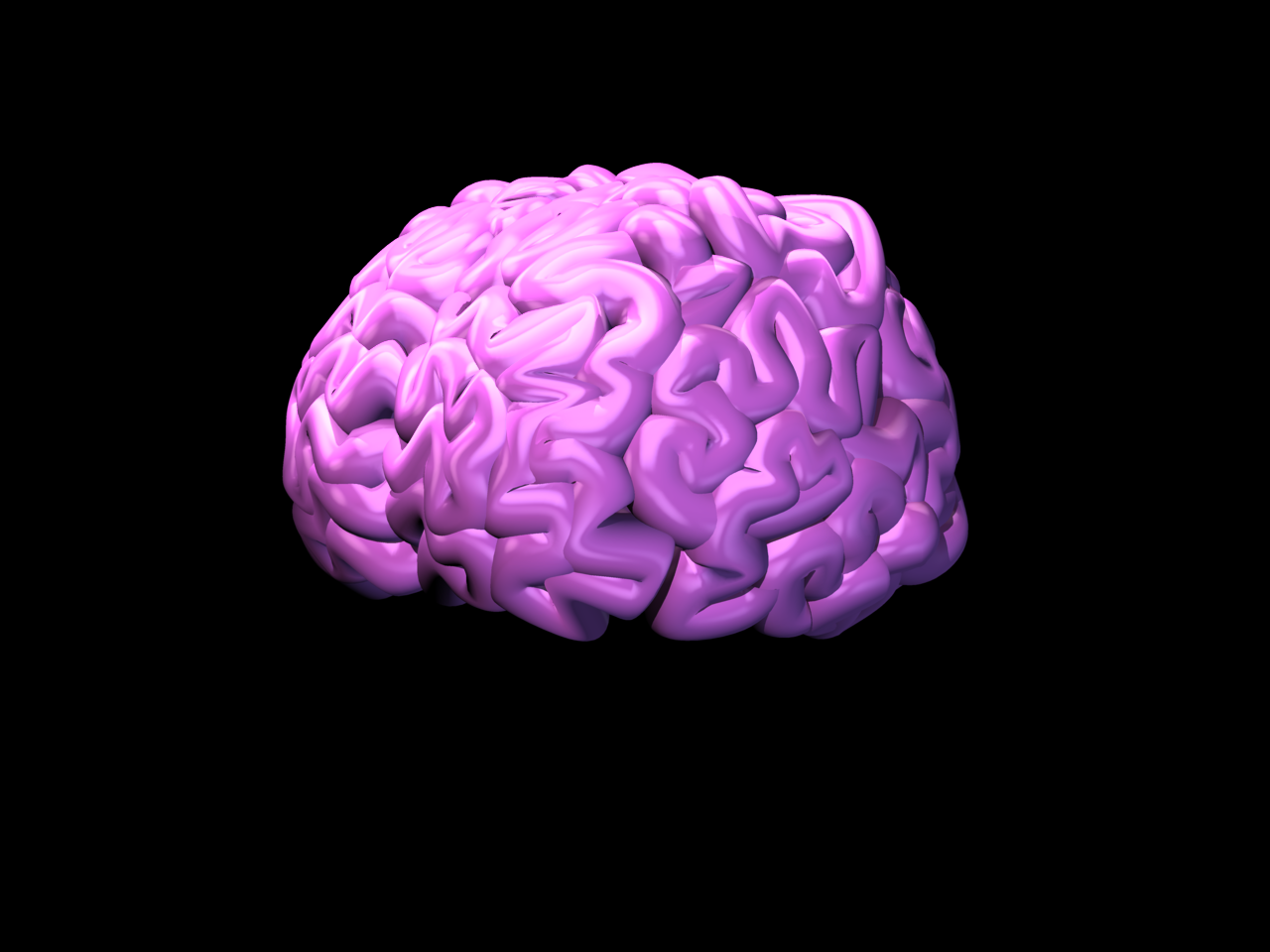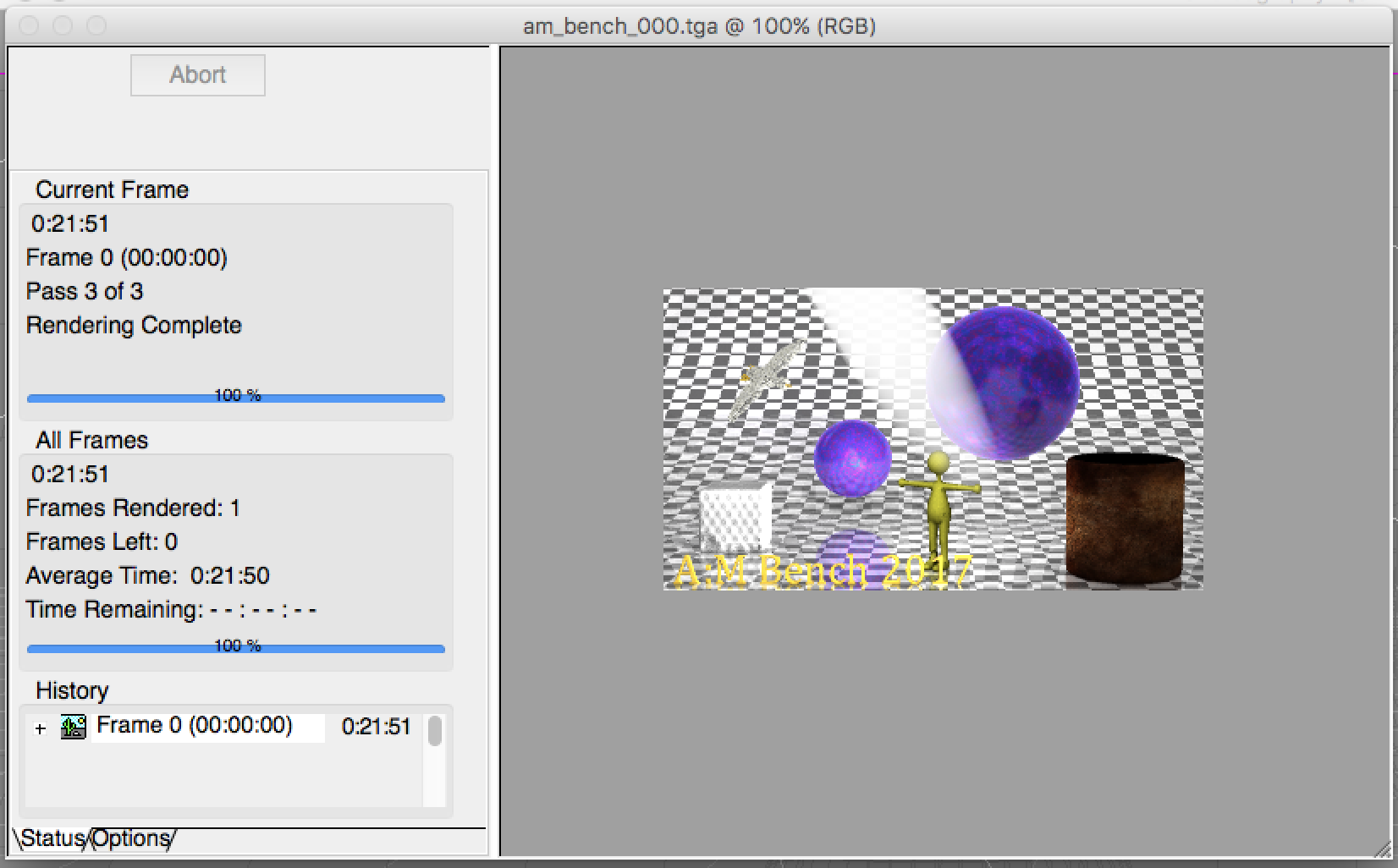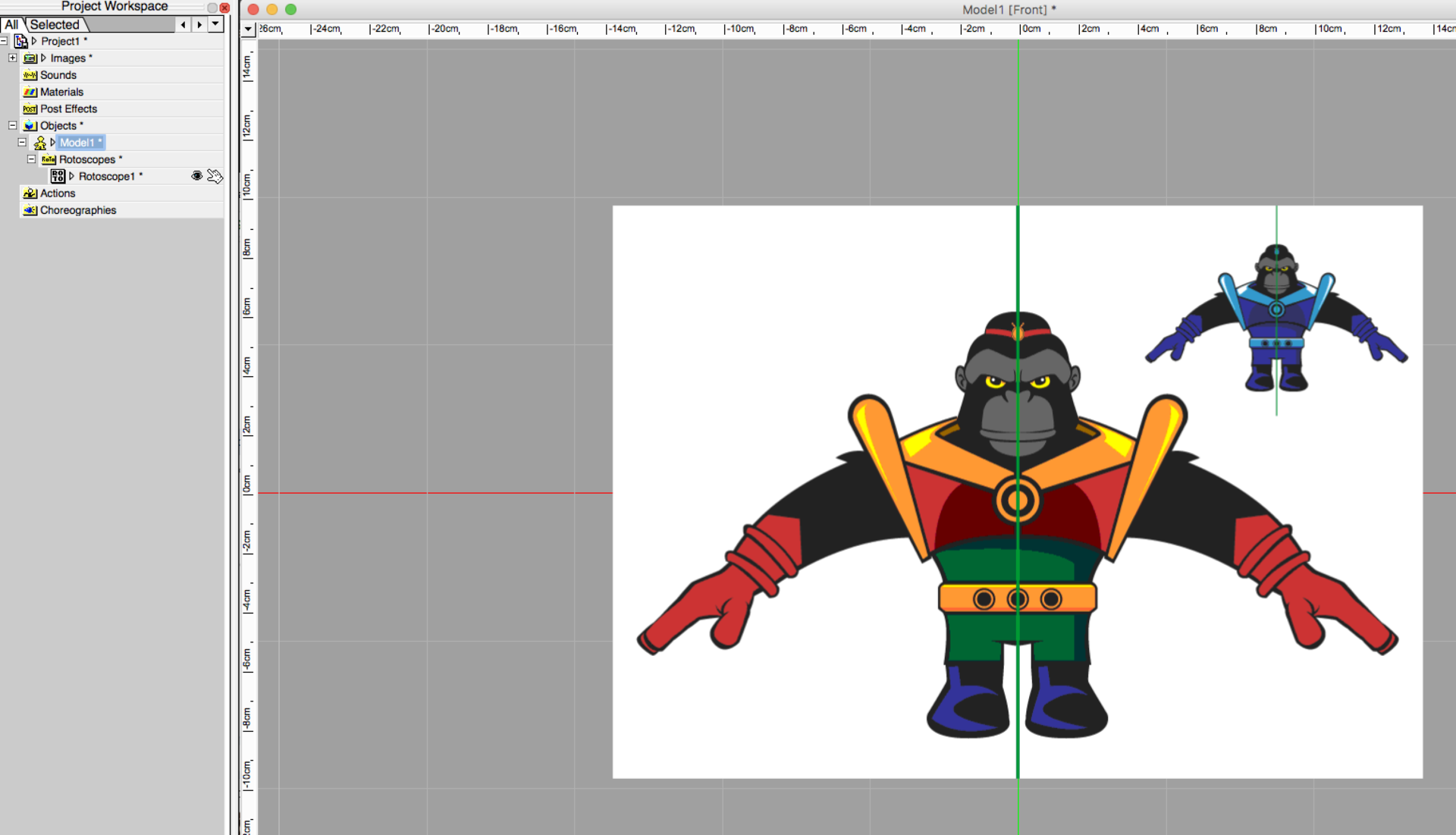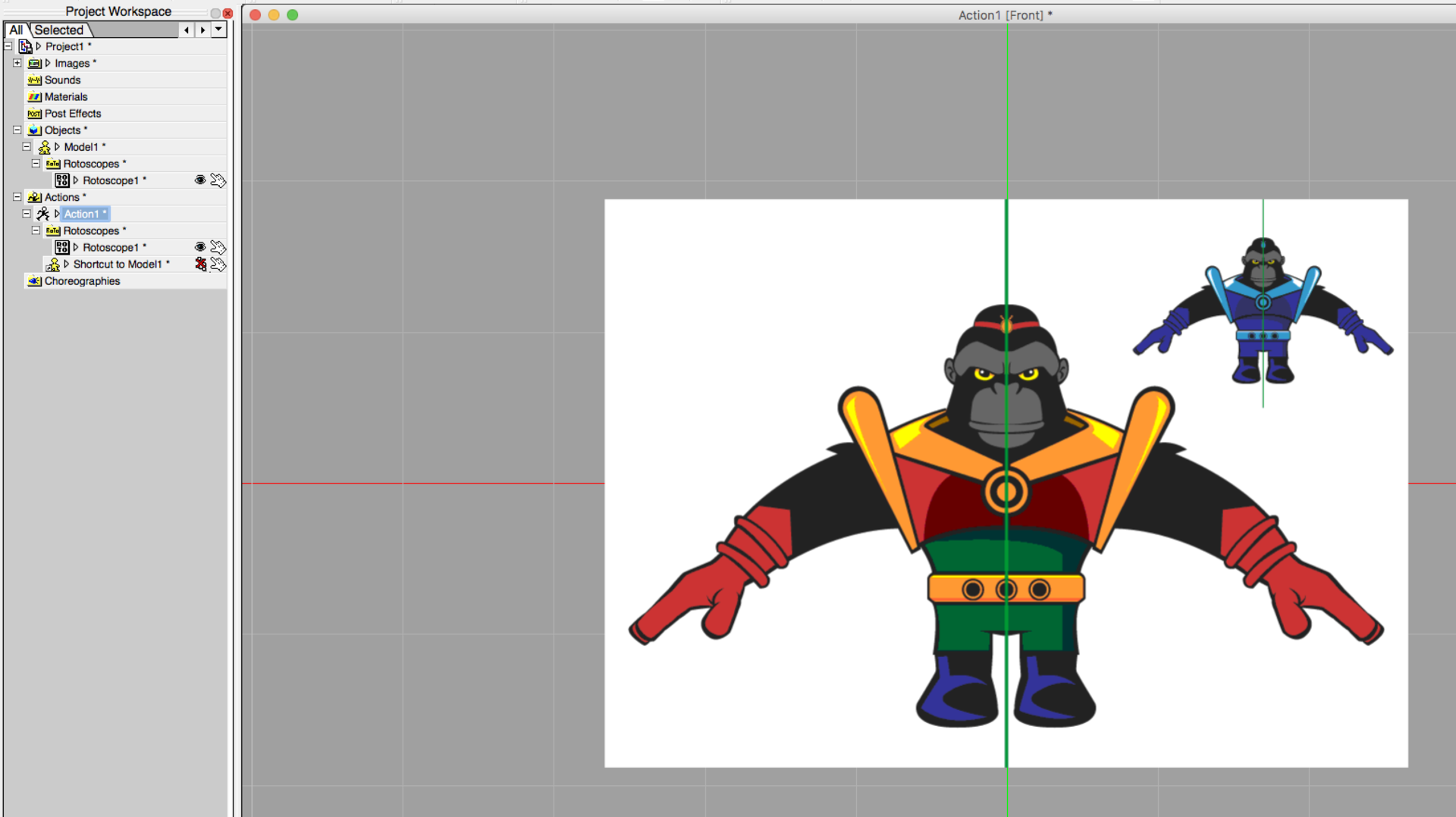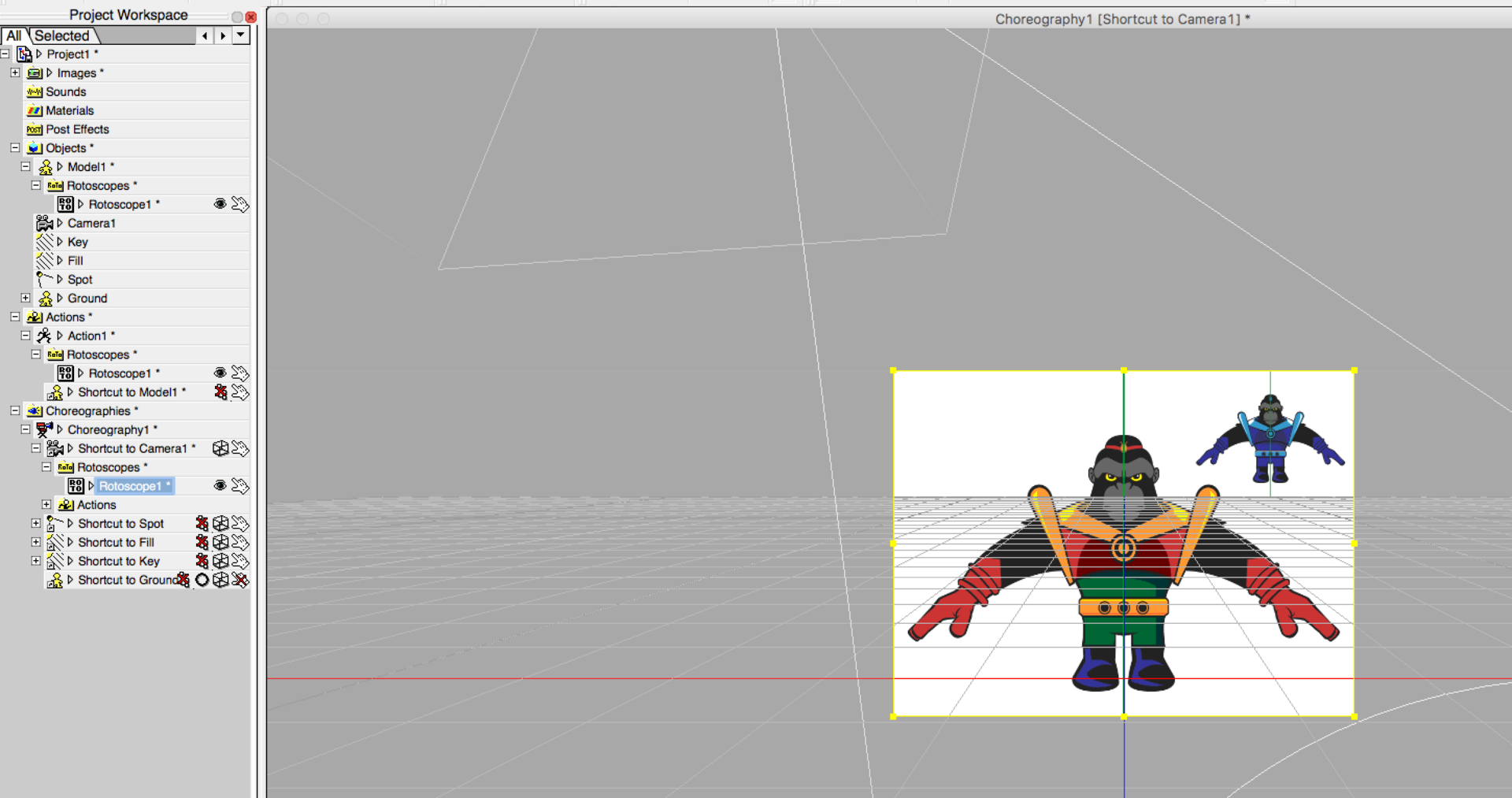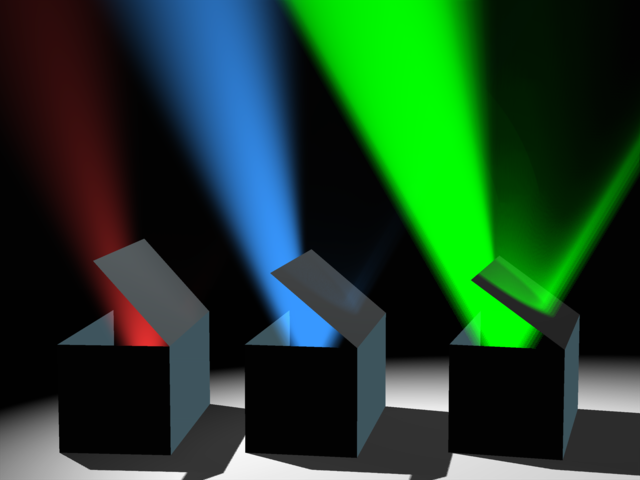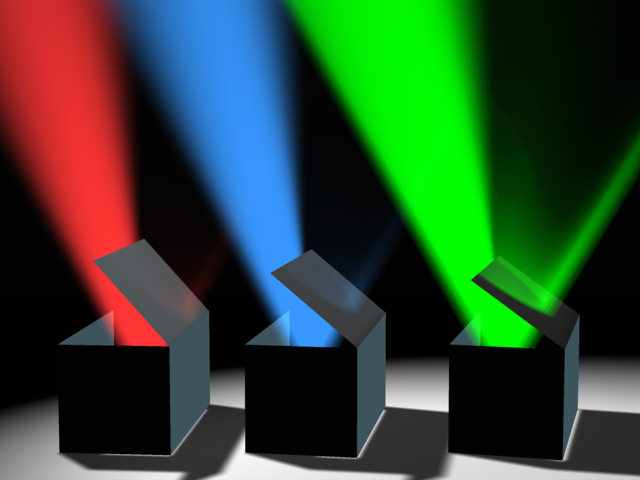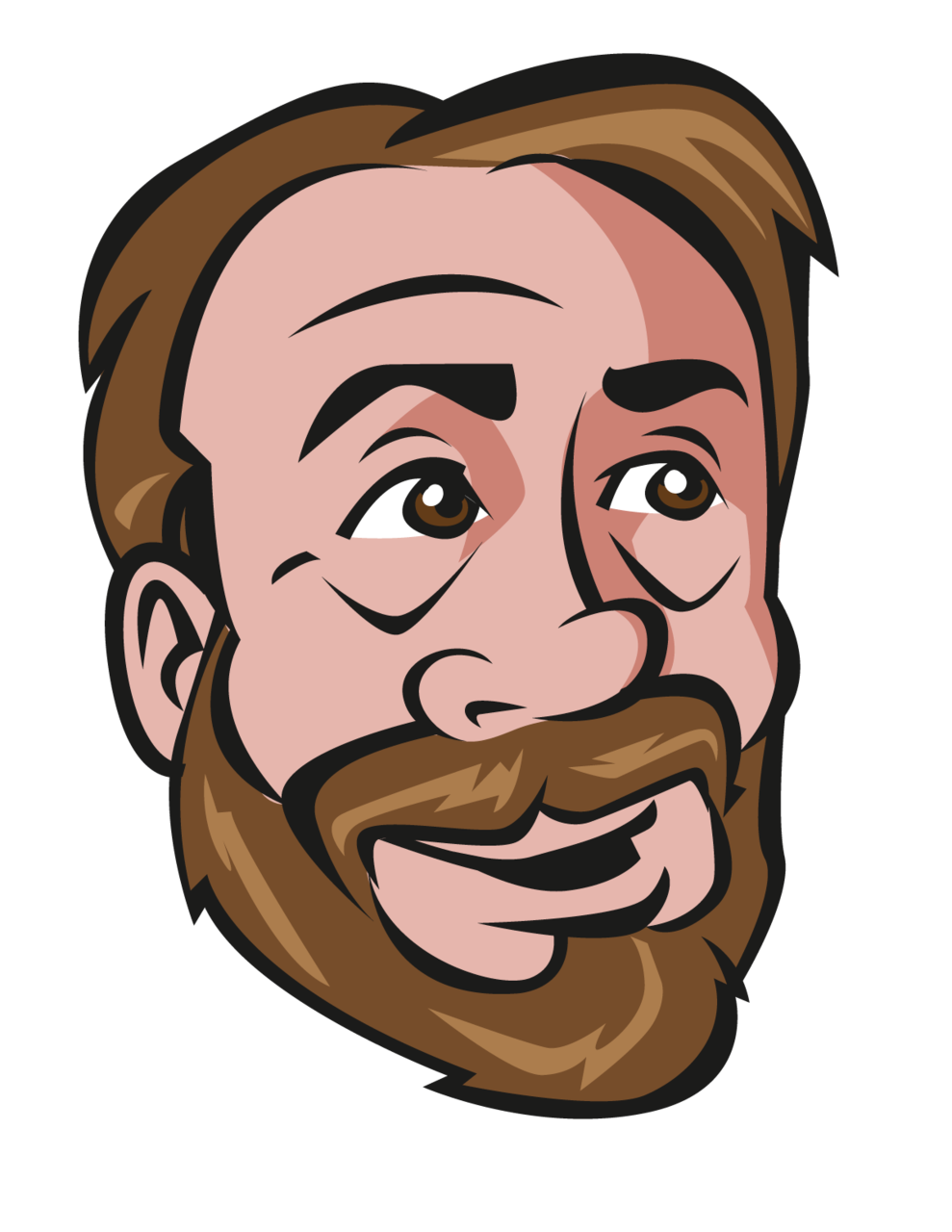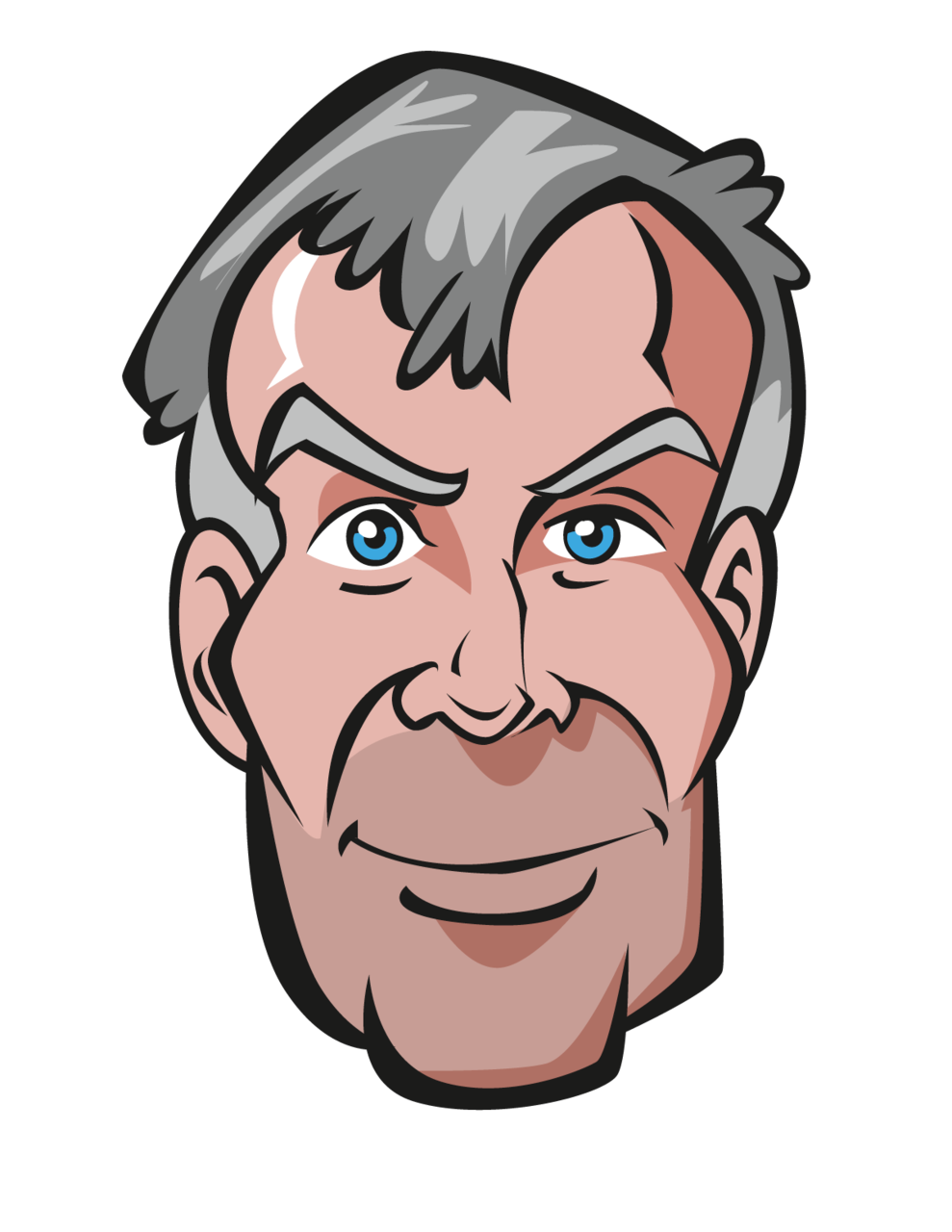-
Posts
3,827 -
Joined
-
Last visited
-
Days Won
31
Content Type
Profiles
Forums
Events
Everything posted by largento
-
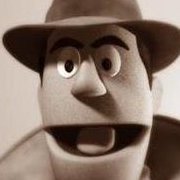
Summer 2017 Image Contest! New Deadline Sept 22!
largento replied to robcat2075's topic in Contests/Challenges
How did we do? Looking forward to seeing all the entries! -
Can you purchase it directly from the online store? http://www.hash.com/store/index.php?main_page=product_info&products_id=22
-
I meant to make mention of this on the 1st. That's when I started the thread for The Wannabe Pirates. Who knew I'd spend so much time on it and even though it didn't really go anywhere, I did self-publish a 200+ page graphic novel and several comics and even made a sort of animated commercial for it. I doubt the last storyline will ever be finished, but you can still read all the strips on the website. http://thewannabepirates.com
-
Thanks, guys! Like I said, I was just matching what I'd seen in a tutorial, but I wanted to pass it on since I could see where there could be other applications. Like making hair for a cartoon figure.
-
In v. 17, we got a new feature: Retopology. Something like six years later, I finally got around to using it! :-) Here's a quick bit of niftiness. I needed a cartoon brain for the image I'm working on and it seemed a daunting modeling challenge. Seeing how someone else was able to do it with another piece of software, I realized I could do the same in A:M. I started off with a fairly dense sphere model I created with the Primitive wizard and cut it in half and worked it into a reasonable "lobe" shape. I created a new Cho and placed an empty model for the brain and the dense model and set to work. Once in model mode (with snap to surface clicked), I began drawing squiggly splines on the surface of the dense model, just trying to cover the area. I wasn't actually trying to recreate the actual brain structures. With that, I had a model with a bunch of squiggly lines that matched the shape of the brain. I created a cross section and used the Sweeper Plug-in to turn those squiggly lines into tubes. I then duplicated and flipped it to make the other side and Voila! A quick, squishy brain!
-

Summer 2017 Image Contest! New Deadline Sept 22!
largento replied to robcat2075's topic in Contests/Challenges
Yikes, the clock is running down! -

Summer 2017 Image Contest! New Deadline Sept 22!
largento replied to robcat2075's topic in Contests/Challenges
I think I'm gonna' make it... -

A:M Bench 2017 – Benchmark for Hash Animation:Master
largento replied to Fuchur's topic in Animation:Master
Using the latest version of v19 (the one from May). I only ran the smallest one, but it tested better than expected. Not sure if v19b will make a difference, but I'll re-test it once it's available. A:M Version: v19.0 RC SSE4 (macOS Sierra 10.12.6) Computer: -iMac (Retina 5K, 27-inch, Late 2015) -4 GHz Intel Core i7 -24 GB 1600 MHz DDR3 -AMD Radeon R9 M390 2048 MB -2.12 TB Fusion Drive A:M Bench 2017 180p (Single Thread): 00h 21min 51s- 42 replies
-
- Benchmark
- Benchmark for A:M
-
(and 2 more)
Tagged with:
-
I just tried it in v18 and v19 on the Mac and it works in both for me. To be certain we're talking about the same thing, I did this: Right clicked on images in the PWS, chose Import->Animation or Image Sequence..., selected the first image and clicked the "import as an animation or a sequence of images" check box and clicked open. dragged image onto a patch and applied it. Opened the model in a choreography and watched the image sequence run in the timeline.
-
Thanks, guys!
-
Just wanted to post that the comic is finally finished! https://www.facebook.com/pg/startrekfancomic/photos/?tab=album&album_id=639008166280004 This should take you to the photo gallery with all the pages. It took longer than expected, but it was worth the effort. Even if we can't profit from it.
-
What graphics card are you using? My iMac and Mac Pro don't have any problems with rotoscopes. I normally use PNG files for them, but I just checked and jpegs worked fine, as well.
-
I like the suggestion for Robots. I think it allows for modelers of almost any skill level to participate.
-
"Space" "Under the Sea" "Monsters" "Super Heroes" "History/Time Travel" "Haunted House"
-
I tried that, Rodney and it made no difference. The original instance that we were discussing was a box with depth and all of the normals facing outwards ...even an extra patch set to reflect the light was added but didn't solve the problem.
-
Yeah, I think we can say it's a bug at this point. The green one is the worst-case scenario.
-
That's what I get for using the default cho lights. :-) So, changing the spot took care of that, but the main issue is still the edge of the volumetric lights. I've played with various settings and intensity seems to help a little. In this render, the red is set to 10%, the blue 50% and the green 100%. The red breakthough is probably subtle enough that a viewer wouldn't spot it, but it's hardly a dramatic effect. At this point, the only thing I can think is to try to limit your camera movement and use a render without the lights to mask out the areas that are breaking through.
-
This was brought up in the Live Answer Time today and I wanted to mess around a little to see if I could figure out what was happening. What's happening, you can see in this image, is the cones of the lights are breaking through the lids of the boxes. At least the edges of the cones are. Adjusting "width softness" does factor into it somehow. In this example, it's set at 100% for the red light, 50% for the blue and 0% for the green. The oddity is more pronounced in the light set to 0%. Anybody got a clue what's causing this? I'm attaching the project. light_test_1.zip [EDIT] I forgot to mention that there's another oddity. The boxes all penetrate the floor, yet there are areas of light there at the floor, breaking up the boxes' shadows.
-
Bravo! Fantastic presentation, too. I didn't even win one and I enjoyed watching it.
-
I'll keep this in mind the next time I'm tempted to offer you any help.
-
If your Mac supports SSE 4.2, you should download that one.
-

Insect Image Contest Results Announced!
largento replied to robcat2075's topic in Contests/Challenges
Thanks, Marcos! Robert, that looks fantastic! -
Hey Bruce, welcome back! I'm not sure if Snow Leopard will work with the latest A:M, but if it doesn't, we might be able to find out what version was the last one that supported it. Depending on how old your tower is, you might be able to upgrade to a new enough version of OS X to use the latest A:M. I'm running El Capitan on my 2008 Mac Pro. I believe the A:M subscription grants you access to older versions of A:M. I'm very comfortable using the Mac version and I've made three short films with it, but I do know that some people have expressed frustration and moved over to the Windows version. There are certainly instances where the Windows version comes out on top. For awhile, I actually ran Windows using Parallels on my Mac so that I could make use of the Windows version without having to switch computers and it worked fairly well, but I'm so used to using the Mac version that I found myself using the Windows version less and less and couldn't justify the extra expense. I'm using a late 2015 iMac for my main machine and I use my 2008 MacPro to render.
-

Insect Image Contest Results Announced!
largento replied to robcat2075's topic in Contests/Challenges
Thanks, guys! I'd say we were way overdue for another image contest! -

Insect Image Contest Results Announced!
largento replied to robcat2075's topic in Contests/Challenges
Of course, without a deadline and occasional lashing of the whip, I can easily forget. Robert mentioned on Saturday that he is almost finished with the medallions, so finally, at gunpoint, I've happily finished this obligation which I'm shocked to realize was from nearly two years ago! I can't imagine it could possibly have been worth the wait, but here are your caricatures! (They are png files on transparent backgrounds, so you can have fun with them however you would like.)








